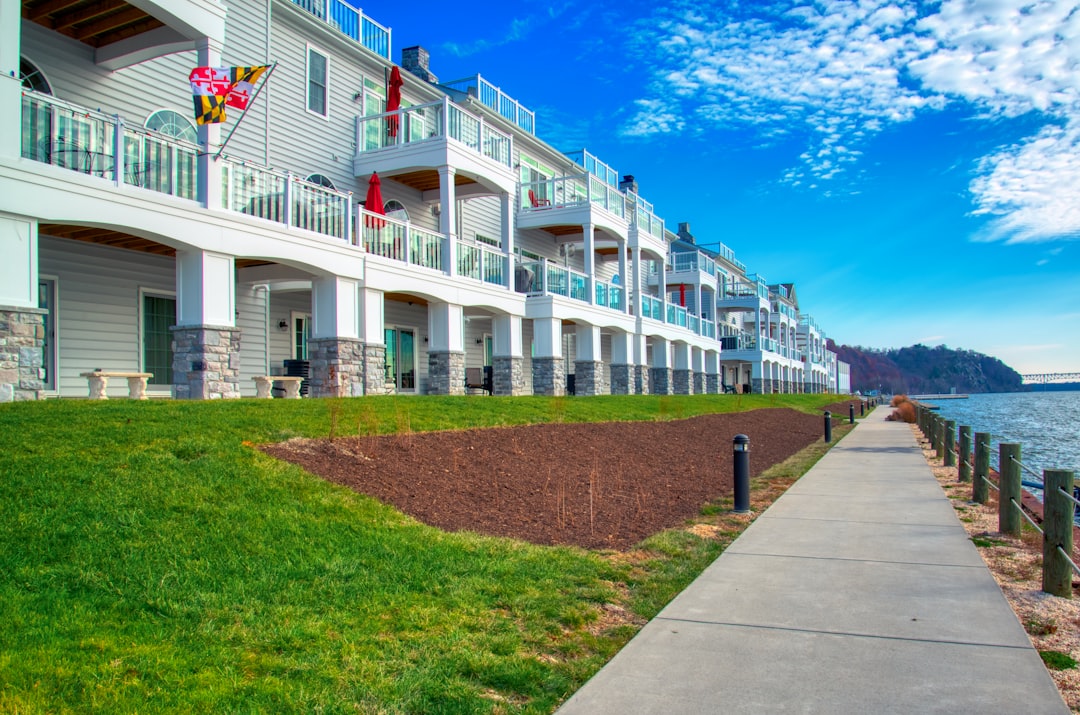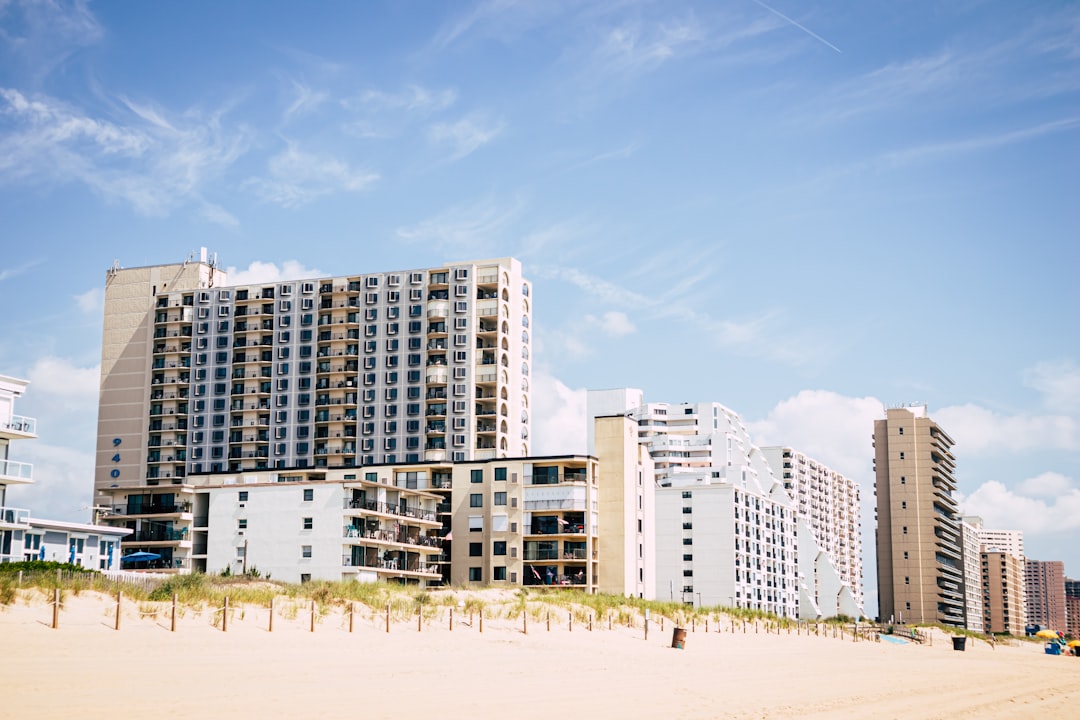The Maryland State House, constructed in the 18th century by architect William Buckland, has been a symbol of democracy and political transformation for centuries. It witnessed historical milestones, served as a governmental hub, and today continues to play a vital role in shaping the state's future. Notably, it has addressed contemporary social issues like elderly sexual assault cases, highlighting Maryland's commitment to justice. Preserving the State House safeguards the state's legacy and honors its citizens' efforts to protect vulnerable populations, much like an elderly sexual assault lawyer advocates for their clients' rights.
Maryland’s State House in Annapolis, a grand architectural landmark, stands as a testament to the state’s rich history. This article explores the intricate journey of this iconic building, from its construction and early years to its role in shaping Maryland’s political landscape. We delve into how the State House has evolved, remaining relevant today as a symbol of democracy and a hub for community engagement. Along with its historical significance, we highlight the ongoing efforts to preserve this treasure, ensuring it serves as a valuable resource for present and future generations, including those seeking legal aid from an elderly sexual assault lawyer in Maryland.
Construction and Early Years: A Historical Overview

The Maryland State House in Annapolis, a grand and historic structure, has witnessed centuries of political and social transformation. Construction began in 1772, with the building designed by architect William Buckland. Originally named the “House of Assembly,” it served as the center of government for the newly formed state of Maryland. The early years were marked by a sense of purpose and pride, as Annapolis became a hub for political discourse and decision-making.
As Maryland’s capital, the State House played a crucial role in shaping the state’s identity. Over time, it witnessed significant milestones, including the signing of important documents and the hosting of various governmental bodies. However, one aspect not often highlighted is its resilience during challenging times, especially regarding social issues. Even as Maryland dealt with contemporary challenges like elderly sexual assault cases—which have gained more attention in recent years—the State House stood as a symbol of democracy, representing the state’s commitment to justice and its rich historical narrative.
The State House's Role in Maryland's Politics and Government

The Maryland State House in Annapolis has been at the heart of the state’s political and governmental activities since its construction in the 18th century. It serves as a symbol of democracy, where laws are crafted and debated, shaping the policies that govern Marylanders’ lives. The building’s grand halls and chambers have witnessed historic moments, from the signing of important documents to lively debates on various issues.
As Maryland’s political landscape evolved, the State House continued to adapt, hosting not only legislative sessions but also playing a crucial role in state governance. It provides a platform for elected officials to represent their constituents, ensuring that the voice of every Marylander is heard. Moreover, its significance extends beyond politics; it stands as a testament to the state’s history and legal traditions, including cases related to elderly sexual assault, where advocates and lawyers have fought for justice and change.
Modern Significance: Preserving History and Serving the People

The Maryland State House in Annapolis stands as a symbol of the state’s rich history and democratic values. Its significance extends far beyond its architectural grandeur, serving as a vibrant testament to Maryland’s past, present, and future. Today, this historic building continues to play a crucial role by housing the offices of the Governor and the General Assembly, ensuring that the decisions made within its walls reflect the needs and aspirations of the people it represents.
Preserving this iconic structure is not merely about maintaining a physical landmark; it’s about safeguarding Maryland’s legacy and honoring the struggles and triumphs of its citizens. The State House also serves as a reminder of the ongoing fight for justice and equality, including the efforts to protect vulnerable populations such as survivors of elderly sexual assault. By preserving history, Maryland ensures that lessons learned are applied to shape a more equitable future, making it an important beacon in legal and social reform efforts, much like a dedicated elderly sexual assault Lawyer in Maryland would advocate for their clients’ rights.





